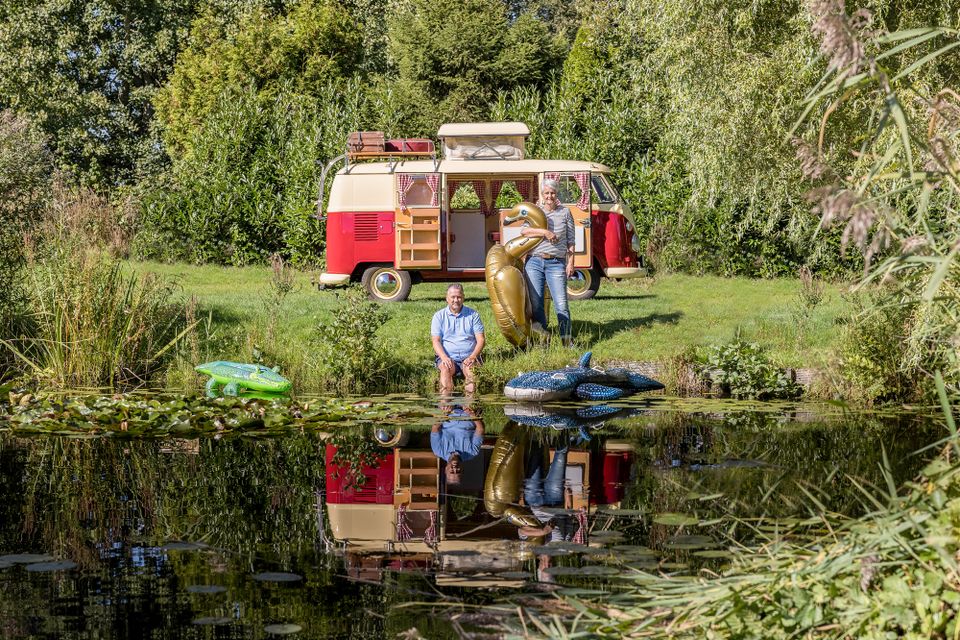All activities in Northeast Friesland
625 to 648 of 850 results
-
Veerpont Grietman-Eco (Hooidammen)
Veerpont Grietman-Eco (Hooidammen)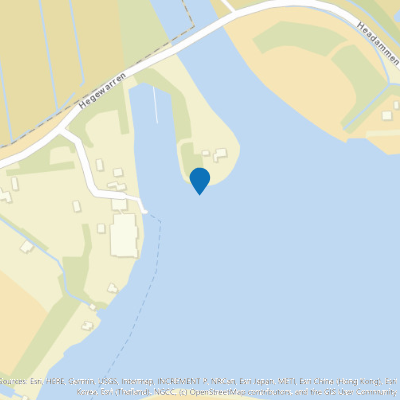 Veenhoop
Veenhoop -
Alde Feanen - Westersanning - Vogelkijkhut
Alde Feanen - Westersanning - Vogelkijkhut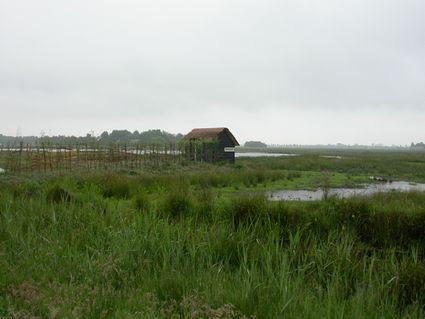 Oudega Gem Smallingerlnd
Oudega Gem Smallingerlnd -
Rustpunt Anjum
Rustpunt Anjum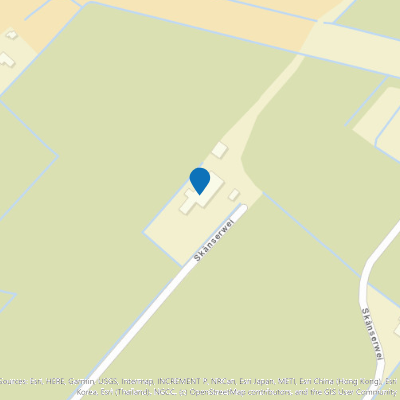 Anjum
Anjum -
Schapenhouderij Klaaske de Groot
Schapenhouderij Klaaske de Groot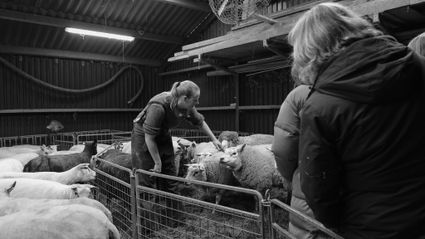 Ternaard
Ternaard -
De Jersey Molkerij
De Jersey Molkerij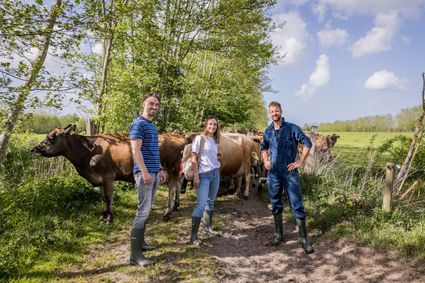 Veenklooster
Veenklooster -
Bed en Brochje De Merelhof
Bed en Brochje De Merelhof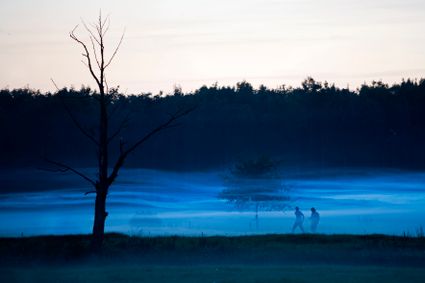 Harkema
Harkema -
Clog museum
Clog museum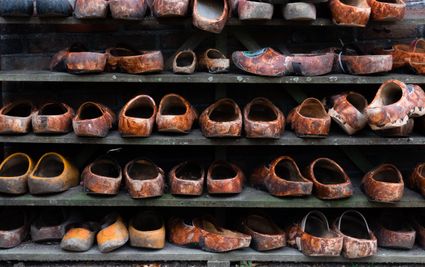 Noordburgum
Noordburgum -
Museum It Kokelhûs fan Jan en Sjut
Museum It Kokelhûs fan Jan en Sjut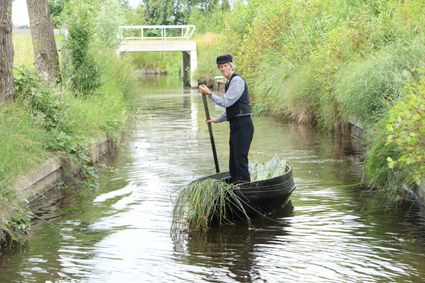 Earnewâld
Earnewâld -
Hemelplatform Vlinderbalg
Hemelplatform Vlinderbalg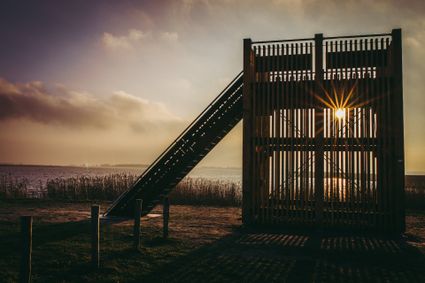 Lauwersoog
Lauwersoog -
Mini Camping Het Schuttersplek
Mini Camping Het Schuttersplek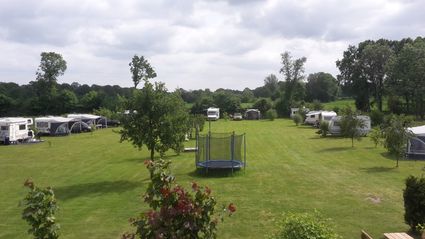 Drogeham
Drogeham -
Farm shop Uitland
Farm shop Uitland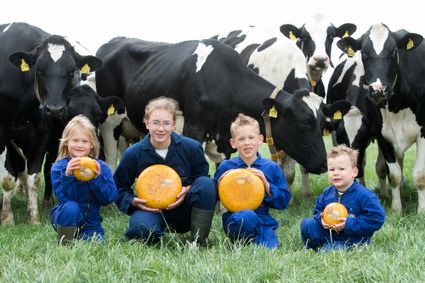 Buitenpost
Buitenpost -
Alexanderkerk Rinsumageast
Alexanderkerk Rinsumageast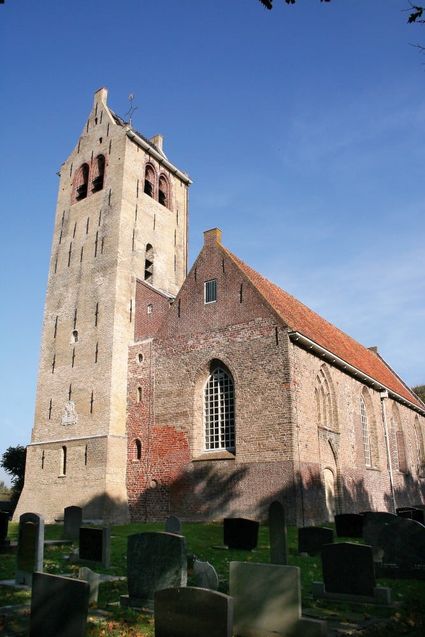 Rinsumageast
Rinsumageast -
Vegotel
Vegotel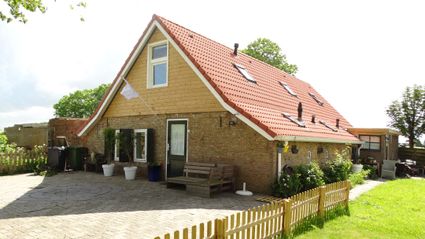 Blije
Blije -
The liberation of Friesland
The liberation of Friesland
By 18 April, the whole province of Friesland had been liberated, except for the Wadden Islands. Compared to other provinces, there was little fighting in Friesland. Overall, the few thousand German troops who had been unable to escape from Friesland were defeated by the Canadians relatively quickly.
The commander of the Royal Canadian Dragoons, Lieutenant Colonel Landell, praised the actions of the resistance by stating that "Friesland liberated herself". While that may be a bit of an exaggeration, the actions of the Frisian resistance undoubtedly accelerated the liberation. And reduced the number of casualties on the Allied side.
At least 31 resistance fighters lost their lives in confrontations with German troops and their Dutch accomplices. At least eleven Canadians and one Frenchman were killed on the Allied side. Dozens of civilian victims were also killed in the fighting and shelling. The number of casualties on the German side is not known, but it is believed that the number ran into hundreds. With 320 destroyed and 4000 damaged homes and 80 destroyed bridges, Friesland was materially the least damaged province of the Netherlands.
Many German soldiers fled towards the western part of the country. The retreating German troops gathered mostly in Harlingen, Makkum and Lemmer. From there, they tried to get away by boat across the IJsselmeer or via the Afsluitdijk to North Holland. The Wadden Islands also became a refuge for collaborators and German soldiers. Here, liberation was longer in coming.
On the island of Terschelling, the last German troops were disarmed by a British artillery regiment on 29 May. Two days later, the British crossed from Terschelling to Vlieland, and the liberation of that island was also a fact. Ameland was liberated on 3 June.
Personnel from the infamous Scholtenhuis, the SD headquarters in Groningen, had entrenched themselves on Schiermonnikoog. After their departure on 31 May, there was a celebration on the island, in spite of the six hundred members of the occupying troops who still were there. Only on 11 June did the last German soldiers leave Schiermonnikoog, and then the whole province of Friesland was free.
Most Canadian units that had liberated Friesland continued the battle in Groningen and North Germany after 18 April. Their war ended on 8 May 1945, when the surrender of all German armed forces became effective.
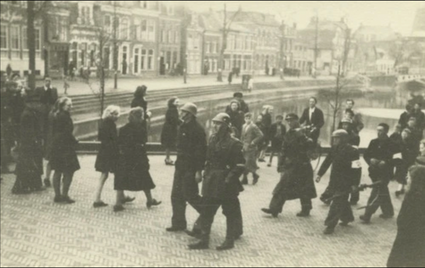 Eanjum
Eanjum -
Sint-Nicolaaskerk Blije
Sint-Nicolaaskerk Blije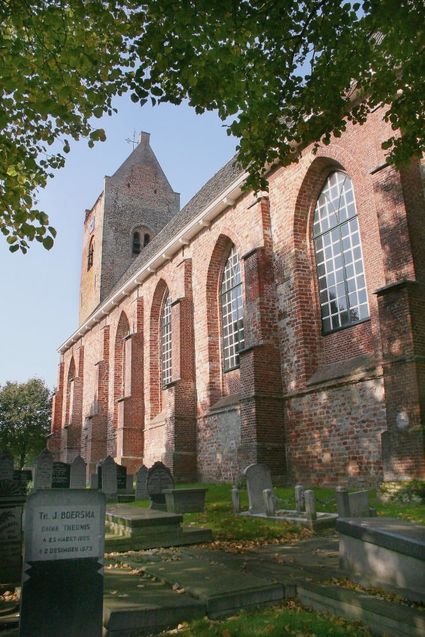 Blije
Blije -
Toxopeus op de dijk
Toxopeus op de dijk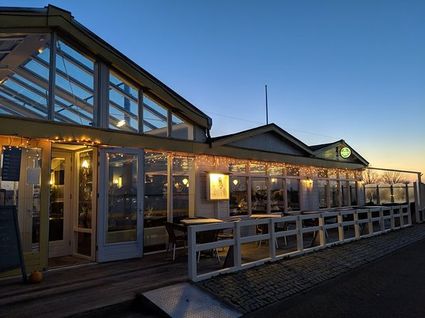 Anjum
Anjum -
Drogehamstermieden Nature Reserve
Drogehamstermieden Nature Reserve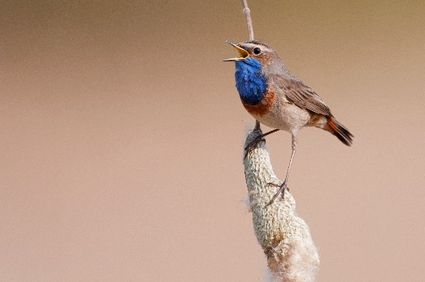 Drogeham
Drogeham -
Lauwersmeer - Zomerhuisbos - Uitzichtplateau
Lauwersmeer - Zomerhuisbos - Uitzichtplateau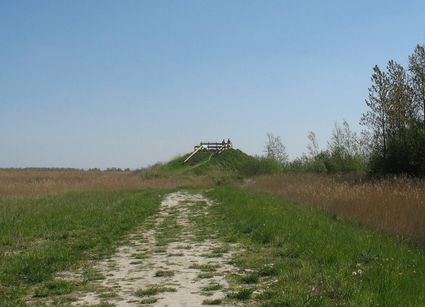 Kollumerpomp
Kollumerpomp -
De Wydemar - Vogelkijkhut
De Wydemar - Vogelkijkhut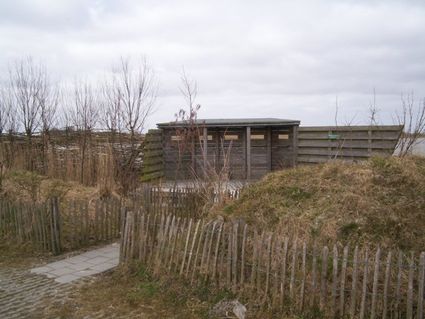 Stiens
Stiens -
Park Baayvilla's
Park Baayvilla's Lauwersoog
Lauwersoog -
Ferwert (Ferwerd)
Ferwert (Ferwerd)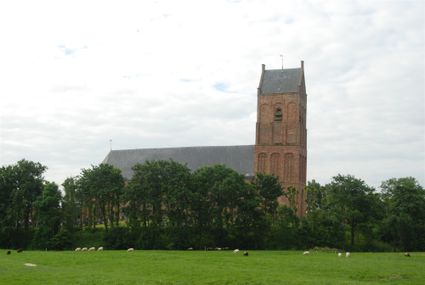 Ferwert
Ferwert -
Glamping Mearkas
Glamping Mearkas Eastermar
Eastermar -
Weidelandschap rondom Gytsjerk
Weidelandschap rondom Gytsjerk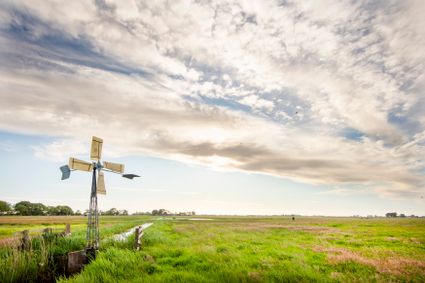 Gytsjerk
Gytsjerk -
Bootsma’s Poel Hiking Trail
Bootsma’s Poel Hiking Trail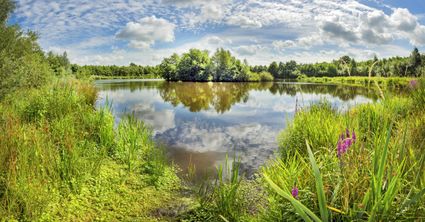 Twijzel
Twijzel
